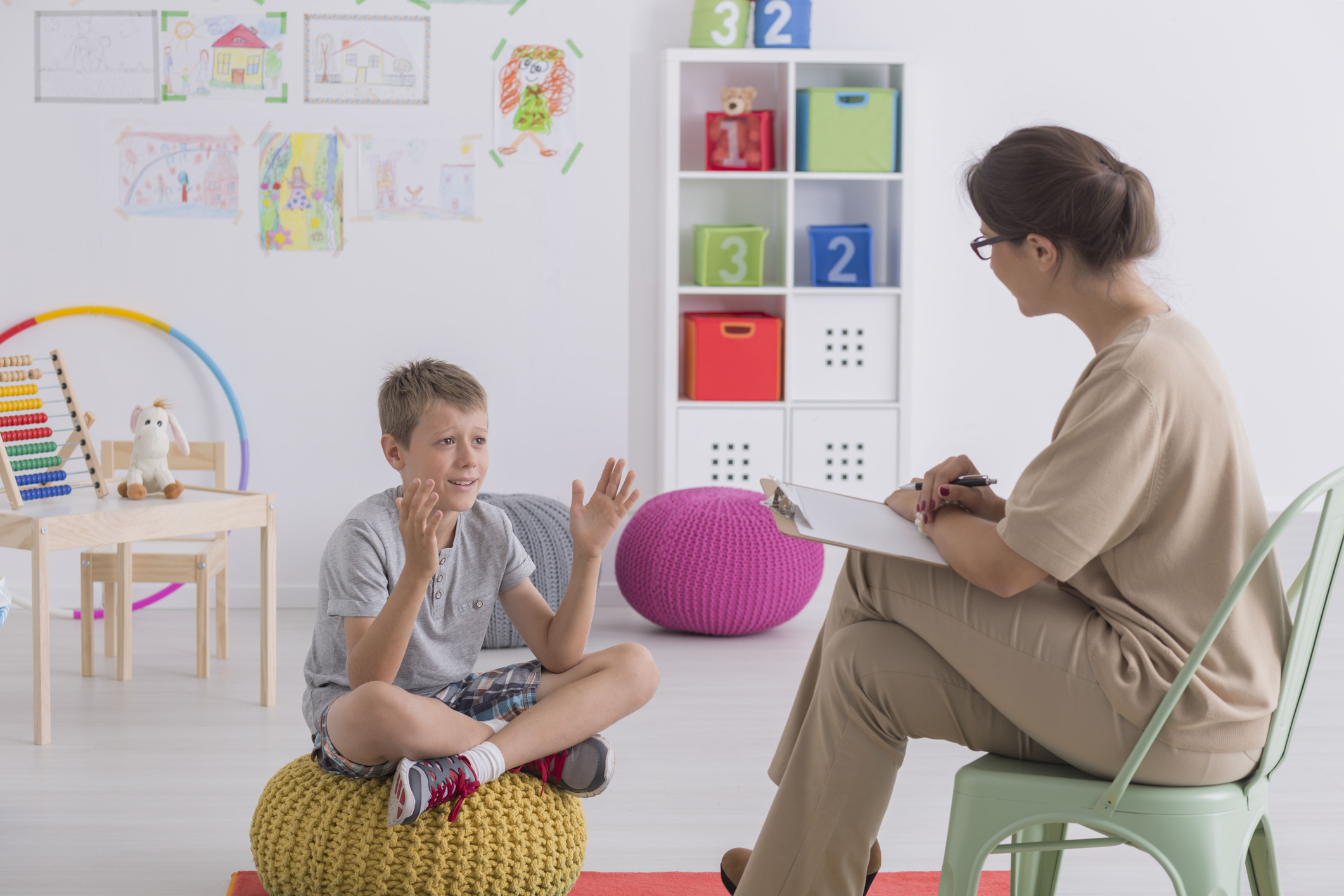
Teaching essential life skills is at the heart of applied behavior analysis (ABA) therapy, and behavior skills training (BST) is one of the most effective tools to achieve this goal. Whether it’s helping individuals with autism spectrum disorder (ASD) or other developmental challenges master daily tasks, improve social interactions, or build independence, BST provides a proven, step-by-step approach to skill acquisition.
What is Behavior Skills Training?
Behavior skills training is a fundamental teaching approach in ABA therapy. ABA therapy focuses on improving socially significant behaviors, often for individuals with autism spectrum disorder (ASD) or other developmental disabilities. BST is a highly effective methodology designed to teach new skills, ranging from simple daily tasks to complex social interactions. By breaking down skills into manageable steps and systematically teaching them, BST equips individuals with the tools they need to succeed.
The Four Components of Behavior Skills Training
BST is structured around four essential components: instruction, modeling, rehearsal, and feedback. Each step plays a critical role in ensuring that the skills being taught are effectively learned and generalized across different environments.
1. Instruction
The process begins with clear and concise instructions that explain what the skill is, why it’s important, and how to perform it. For example, if a therapist is teaching a child to brush their teeth, they might start by explaining each step of the process, such as holding the toothbrush, applying toothpaste, and brushing each section of the teeth.
2. Modeling
After providing instructions, the therapist demonstrates the behavior or skill. This modeling serves as a visual guide, helping the individual understand what the expected behavior looks like. For instance, the therapist might brush their teeth while the child watches, ensuring the child sees each step performed correctly.
3. Rehearsal
Rehearsal involves allowing the individual to practice the skill under the therapist’s guidance. Repetition is key to mastery, and rehearsal allows the therapist to assess the individual’s understanding of the skill while providing a safe space for practice.
4. Feedback
The final component of BST is feedback, where the therapist provides positive reinforcement for correct behaviors and constructive guidance to correct errors. This step ensures that the individual receives encouragement and knows what adjustments are needed to perform the skill successfully.
What are the Benefits of Behavior Skills Training?
BST offers numerous benefits that make it a preferred method in ABA therapy.
Evidence-Based
BST is backed by extensive research demonstrating its effectiveness in teaching new behaviors and skills. Studies have shown that BST not only helps individuals acquire new skills but also ensures they can generalize these skills to real-world situations.
Structured and Systematic
The four-step process provides a clear framework for teaching, ensuring consistency and thoroughness. This structure helps both the therapist and the learner stay focused on the objectives.
Flexibility
BST can be adapted to suit different individuals, skills, and environments. Whether teaching a child, training a caregiver, or coaching a teacher, the principles of BST remain applicable.
Promotes Generalization
A key goal of ABA therapy is to ensure that learned behaviors are applied across various settings and situations. BST emphasizes practice in diverse environments, promoting generalization and long-term retention of skills.
The Role of ABA Therapists in Behavior Skills Training
ABA therapists are trained professionals who play a crucial role in the successful implementation of BST. Their responsibilities include:
- Individualized Planning: Therapists assess the individual’s needs and design a tailored BST program that targets specific skills.
- Monitoring Progress: By tracking the individual’s performance during each step of BST, therapists can adjust their approach to optimize learning.
- Training Caregivers: Therapists often train caregivers to ensure that skills taught in therapy sessions are reinforced at home, promoting consistency and generalization.
How Caregivers and Parents Can Use Behavior Skills Training
One of the unique aspects of BST is its applicability beyond therapy sessions. Caregivers and parents can use BST to support skill development at home, enhancing the overall effectiveness of ABA therapy.
Learning the Process
Therapists often involve caregivers in the BST process, teaching them how to provide instructions, model behaviors, and offer feedback. This empowers families to reinforce skills in everyday settings.
Practical Examples
- Toilet Training: Parents can use BST to teach a child how to use the toilet independently, starting with clear instructions, demonstrating the process, guiding the child through practice, and providing positive reinforcement.
- Social Manners: Teaching a child to say “thank you” involves explaining when to use the phrase, modeling polite interactions, encouraging practice, and offering praise for appropriate usage.
Collaboration with Therapists
Ongoing collaboration between parents and therapists ensures consistency and helps address challenges that may arise during skill development.
Behavior Skills Training in ABA Therapy at Wellspring Learning Centers
At Wellspring Learning Centers for ABA in Nashville, we offer personalized services that empower preschool-aged children to thrive. We provide ABA therapy in West Nashville and ABA therapy in Antioch. Our therapists utilize evidence-based approaches like behavior skills training to ensure individuals develop and generalize the skills they need for everyday success. Contact Wellspring Learning Centers today to learn more about our services and how we can support your child’s growth and development.